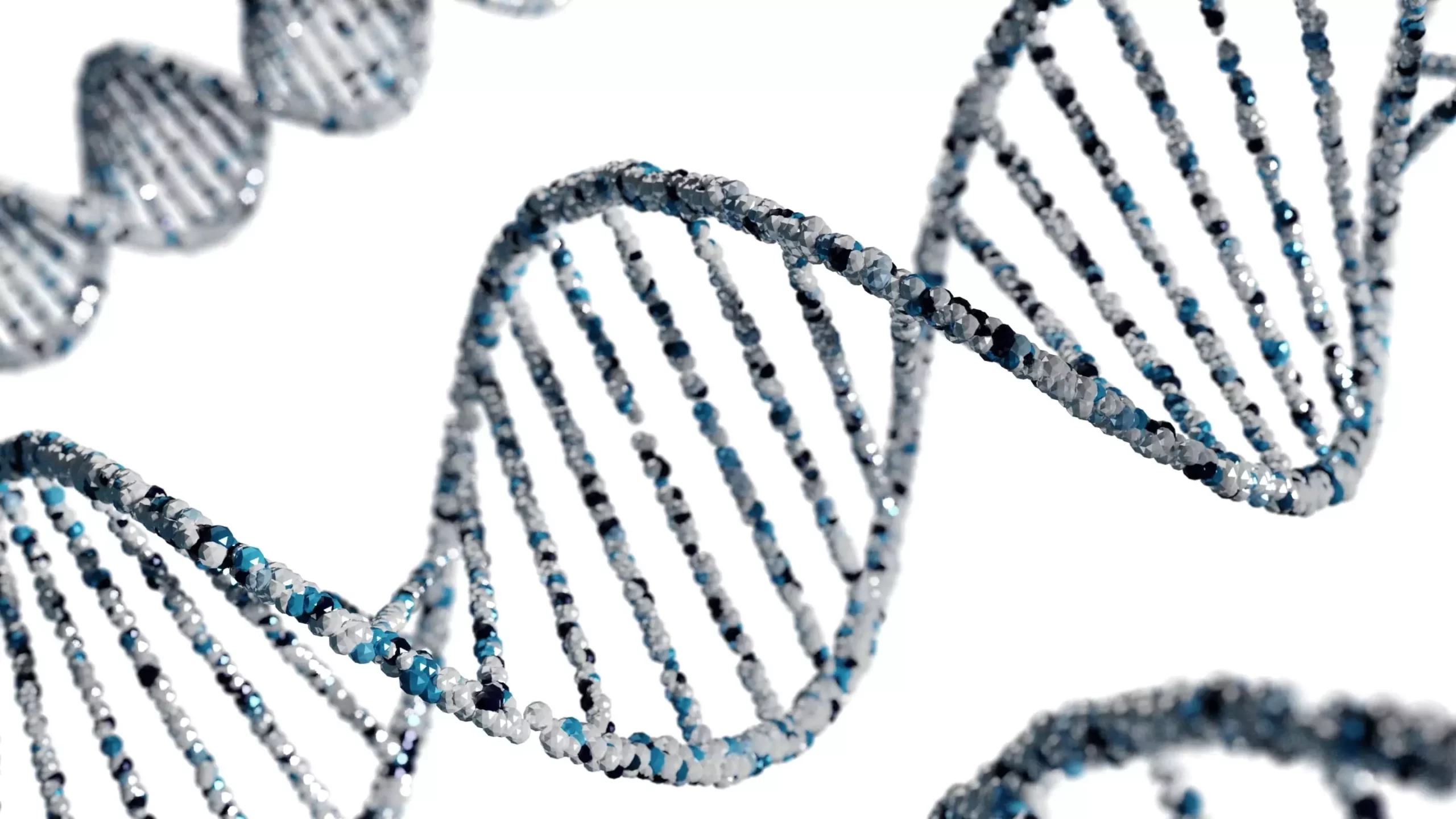In contemporary medicine, the quest for innovative treatments, particularly in oncology, has sparked a wealth of excitement. Approaches such as personalized cancer therapies utilizing engineered immune cells and advanced monoclonal antibodies exemplify this trend. However, the complexity and cost associated with these treatments significantly limit their accessibility in clinical settings. Most therapeutic strategies still hinge upon small chemical entities, which are comparatively cheaper and easier to produce in bulk. The current challenge in molecular therapy development primarily stems from the restricted availability of new active substances that can be identified and synthesized using existing methodologies.
Emerging from research conducted in the 2000s at Harvard and ETH Zurich, DNA-encoded chemical libraries (DEL) have presented a potential solution to this bottleneck. DEL technology permits the simultaneous synthesis and evaluation of millions of chemical compounds, allowing for rapid screening of their efficacy. Initially, this method was limited to creating only small molecules due to constraints in the available chemical building blocks. Recent advancements from chemists at ETH Zurich, however, have dramatically transformed this landscape.
According to a publication in the prestigious journal Science, researchers can now synthesize and screen billions of diverse compounds within weeks. This newly refined methodology introduces the capability to produce larger drug molecules, such as cyclic peptides, which can effectively target a wider range of pharmacological pathways. As highlighted by Jörg Scheuermann, a key figure in DEL research and head of the Institute of Pharmaceutical Sciences, this development significantly enhances the options available for drug discovery.
Combinatorial Chemistry: A Game Changer
At the heart of this progress is the principle of combinatorial chemistry, which aims to generate a vast array of molecular variants from a set of core building blocks. The number of potential molecules grows exponentially with each synthesis cycle and as different building blocks are combined. To navigate this burgeoning “molecular soup,” the DEL process effectively embeds a distinct DNA fragment alongside each chemical component, creating a unique barcode for identification. This allows researchers to efficiently isolate specific compounds with desired biological activity.
The methodology has evolved to become increasingly sophisticated, yet it has faced significant challenges, particularly concerning the purity of the synthesized libraries. The integrity of the unique DNA code can be compromised due to chemical variability, resulting in mixtures that may include numerous unwanted truncated variants. Such issues have historically restricted DEL libraries to a manageable size of only a few million compounds.
The recent advancements by Scheuermann’s team offer a compelling solution to the previously mentioned purity challenges. Their innovative approach employs magnetic particles that facilitate automated handling and washing of the synthesized molecules, effectively removing any impurities. Furthermore, the introduction of a second chemical coupling component specifically targets the last building block in the molecular structure. This enables researchers to conduct a rapid purification step, ensuring that only complete molecules corresponding to the DNA code remain.
Despite its theoretical promise, implementing this purifying technology was fraught with complications. Researchers had to select magnetic particles that wouldn’t interfere with the enzymatic processes necessary for effective DNA coupling. The diligence of team members, including Michelle Keller and Dimitar Petrov, has been crucial in overcoming these hurdles, leading to the reliable execution of the method.
The self-purifying DEL technology heralds a new era in drug discovery by allowing researchers to work with libraries containing billions of compounds and enabling the synthesis of larger molecular structures. This opens up possibilities beyond small compounds, allowing for the exploration of larger molecules that can interact with proteins in novel ways, potentially inhibiting unwanted binding sites on therapeutic targets.
Moreover, this capacity can significantly enhance biological research, facilitating the identification of molecules that interact with specific protein surfaces. This capability equips researchers with powerful tools for studying proteins within their cellular environments. The implications extend to large-scale initiatives such as Target 2035, which aims to produce specific binding molecules for approximately 20,000 human proteins by 2035.
In anticipation of bringing this groundbreaking technology to pharmaceutical and research communities, Scheuermann’s team plans to establish a spin-off company dedicated to offering the entire DEL synthesis and testing process. The interest from both industry and academia in cyclic molecules and novel active substances is rapidly rising, underscoring the potential impact of this research on the future of medicinal chemistry.
As the landscape of drug discovery evolves, the advancements facilitated by self-purifying DNA-encoded libraries could redefine our approach to therapeutic development. By overcoming previous limitations and broadening the scope of accessible molecular variants, researchers are poised to enhance the efficacy and availability of essential medications, ultimately benefiting patient care on a global scale. The collaboration between sophisticated technology and innovative chemical research exemplifies the potential for transformative breakthroughs in medicine.


Leave a Reply